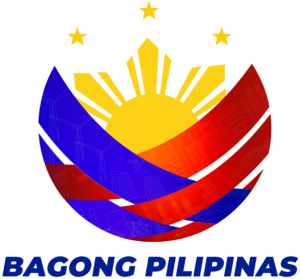THE CONSTITUTION OF THE PHILIPPINE COMMONWEALTH
by: Quennie Ann J. Palafox
The Constitution, whether written or unwritten is recognized as the supreme law of the land as it serves as the basis for the legitimacy of any governmental acts necessary for its existence. It is a codified law that determines the powers and duties of a government and it embodies certain rights of the people.
Right after the signing of the Treaty of Paris in Washington D.C in 1898 that ceded the Philippines to the US paying the amount of $20, 000, 000 to Spain in the process, and the eruption of Filipino-American War in 1899, our country was placed under a military government until 1901 with the passing of the Spooner Amendment, putting an end to the military rule in the Philippines and replacing it with a civil government with William H. Taft as the first civil governor. The ratification of the Philippine Bill of 1902, which called for the creation of a lower legislative branch composed of elected Filipino legislators, and the Jones Law in August 1916 gave the Filipinos the opportunity to govern themselves better. The First Philippine Assembly, which convened on October 16, 1907, was composed of educated Filipinos from illustrious clans such as Sergio Osmeña and Manuel L. Quezon, who revived the issue of immediate independence for the Filipinos and this was expressed by sending political missions to the US Congress.
Controversy divided the Philippine legislature with the debate on the acceptance or rejection of the Hare-Hawes-Cutting Bill brought home by Osmeña-Roxas mission from the US Congress in 1931, which provided for a 10-year transition period before the granting of Philippine independence. The passage of the independence bill resulted in the splitting of the Democrata Party and Nacionalista Party into two factions; the Pros and Antis. Majority in the legislature led by Quezon and Recto rejected the said bill, thereby composing the Antis, while the Pros became the Minority under Osmena, Roxas and others.
On October 17, 1933, Quezon and others triumphed in this battle as the Philippine legislature rejected the bill. Quezon eventually brought in from the United States the Tydings-McDuffie Act (Public Law 73-127) authored by Sen. Millard Tydings and Rep. John McDuffie, a slightly amended version of the Hare-Hawes-Cutting bill signed by President Franklin Roosevelt on March 24, 1934. The bill set July 4 after the tenth year of the commonwealth as date of Philippine independence. This was accepted by the Philippine Legislature on May 1, 1934.
The organization of constitutional Convention that would draw up the fundamental law of the land based on the American model was one of the salient provisions of the Tydings-McDuffie Act. Delegates to the convention were subsequently elected in 1934. In the first meeting held on July 30 at the session of the House of Representatives, Claro M. Recto was unanimously elected as its President.
Salient features of the 1935 Constitution include the following: a bicameral legislature composed of a senate and House of Representatives. The President is to be elected to a four-year term together with the Vice-President without re-election; rights of suffrage by male citizens of the Philippines who are twenty-one years of age or over and are able to read and write; extension of the right of suffrage to women within two years after the adoption of the constitution.
The draft of the constitution was approved by the convention on February 8, 1935 and ratified by Pres. Roosevelt in Washington D.C on March 25, 1935. Elections were held in September 1935, Manuel L. Quezon was elected as the president of the Commonwealth. The 1935 Constitution provided the legal basis of the Commonwealth Government which was considered a transition government before the granting of the Philippine independence with American-inspired constitution; the Philippine government would eventually pattern its government system after American government. It has been said that the 1935 Constitution was the best-written Philippine charter ever.

